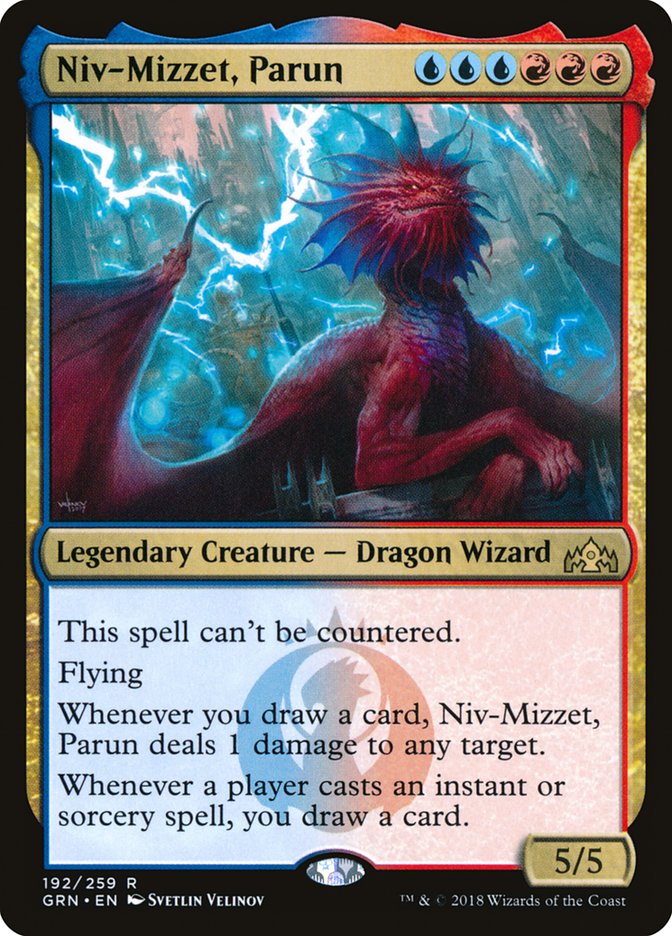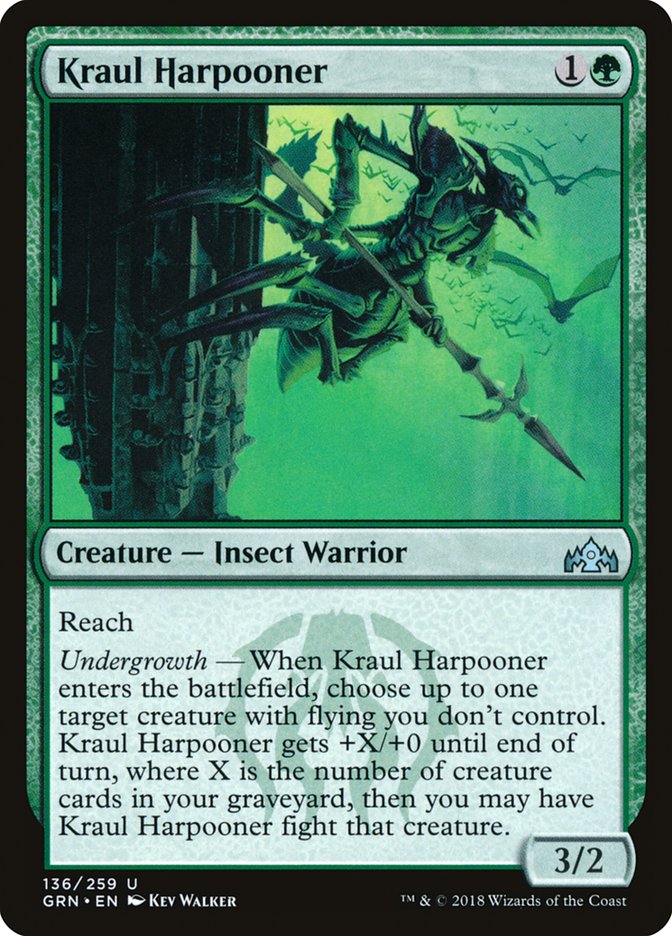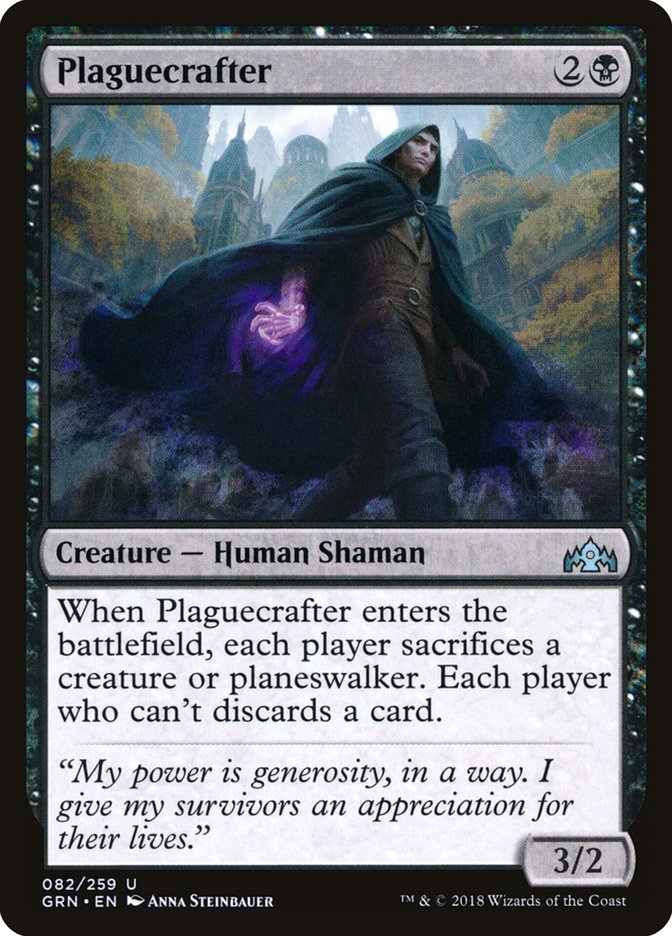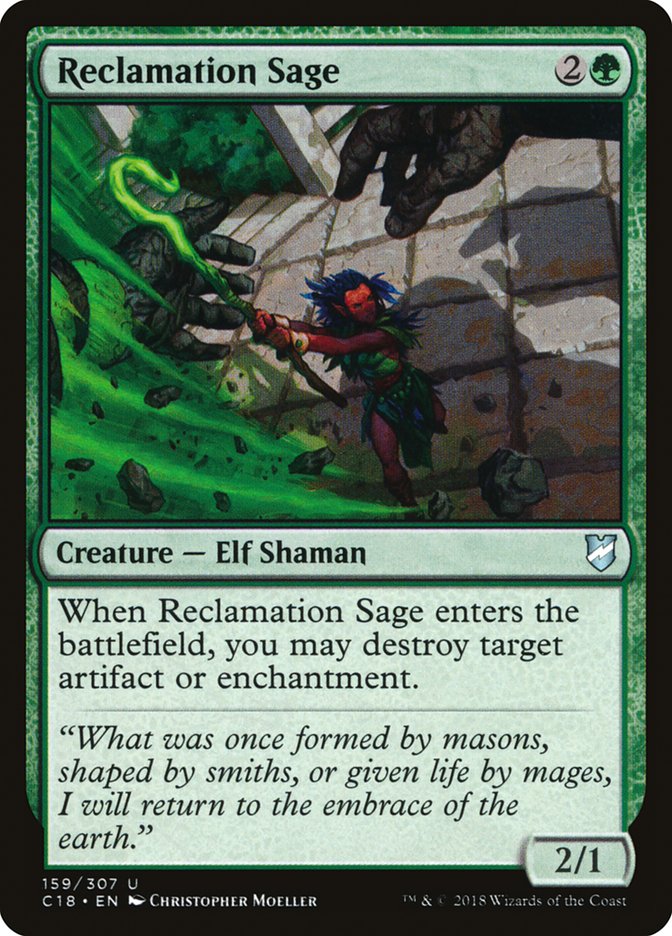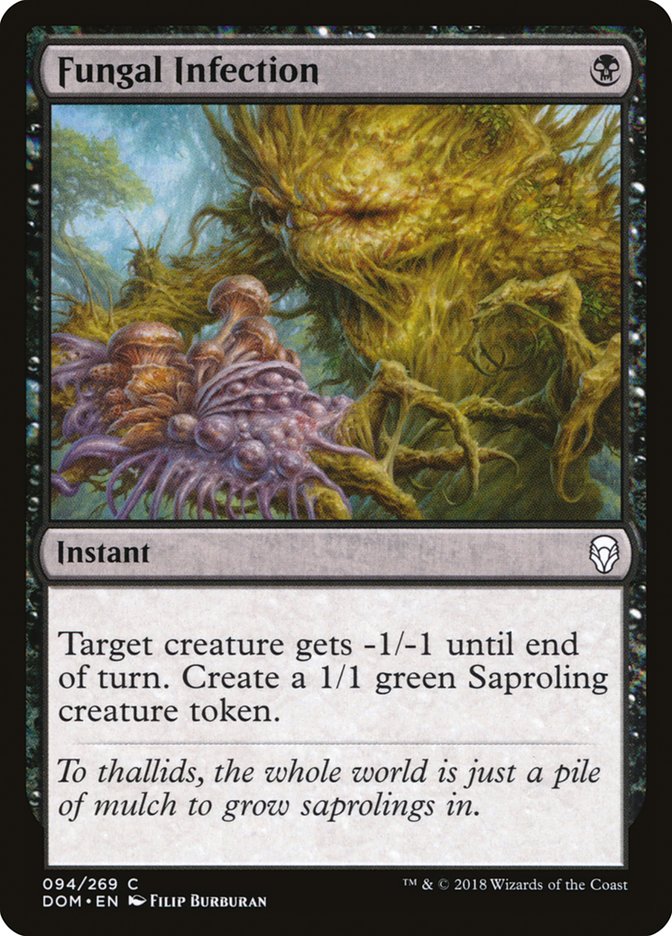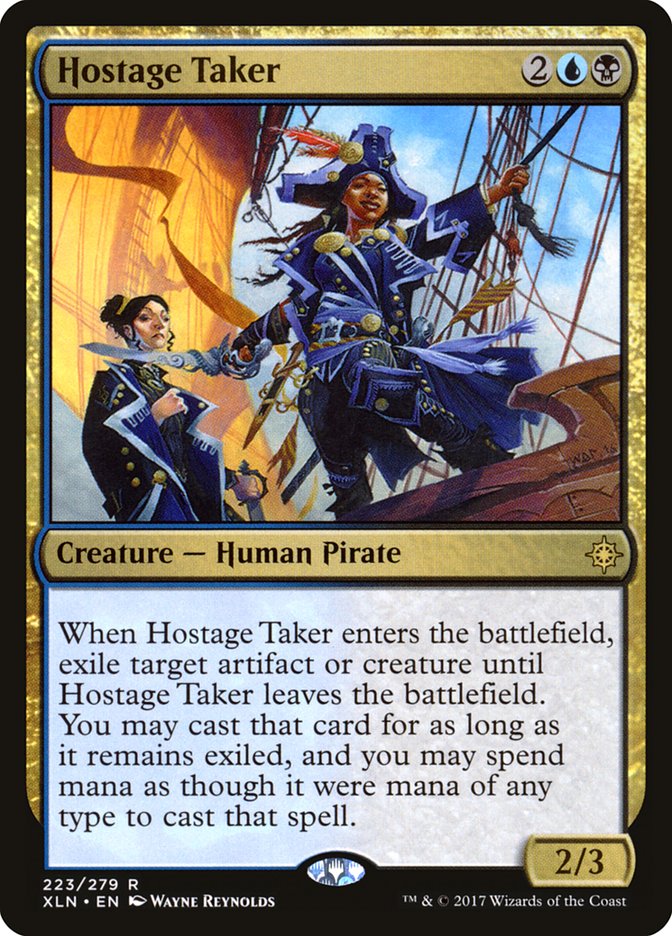I played Izzet Drakes in Dallas. I trusted the man, the myth, the Monarch, Andrew Jessup. Unfortunately, like the last Plantagenet loyalists in 15th century England, I backed the wrong king. I should have played Mono-Blue Aggro, a deck that occupies a similar place in the overall Standard ecosystem, but with better matchups against control. We expected a Texas metagame as red-hot and packed with burn as a good five-alarm chili, but the winning decks in the Dallas Open showed a spread that was relatively favorable for the blue aggressive deck, with Robert Wagner-Krankel even winning the whole thing.
For reference, the deck I (and Andrew, and Brad Carpenter, and Dan Jessup, and Frank Skarren) all played:
Creatures (12)
Lands (21)
Spells (27)

None of us made Day 2.
Christian Calcano, on the other hand, made the trip out to Dallas to play with blue cards and notched himself a Top 16 finish. He and a handful of other players in the Top 16 of the tournament sure do look smart right about now! Gerry Thompson was right on the money in his podcast this past week: Mono-Blue was the deck to play, without a doubt. It’s quickly ascended from a jokey meme of a deck to a serious contender that deserves to be considered on equal footing with the other top dogs of Standard.
Here’s the Open-winning list, for reference:
Spells (22)
- 4 Opt
- 3 Spell Pierce
- 3 Chart a Course
- 2 Dive Down
- 4 Curious Obsession
- 1 Blink of an Eye
- 4 Wizard's Retort
- 1 Essence Capture
Sideboard

So why did I play Izzet Drakes, and why is Mono-Blue the correct choice right now? And what will cause that to change back (as it doubtless will in the coming months of this dynamic Standard format)?
The first (and best) reason I played Izzet Drakes was that I’m comfortable with the deck. I try to listen to my own advice relatively often, and this was an occasion where I expected familiarity with a known powerful strategy to pay off. What it also meant, unfortunately, was that I didn’t spend quite as much time as I could have practicing for the event, as I trusted past experience to stand in for any meaningful preparation. Instead, I outsourced the testing and tuning to my trusted advisor, Andy J, and substituted words of encouragement while watching him play for the effort I should have been spending on picking apart the Standard metagame.
Over the course of the week, Andrew won with Esper Control, with a wacky Temur Reclamation deck (with no Nexus of Fate, even!) and with Izzet Drakes. It was getting to the point where I suspect he would have won 80% or more of his matches with one of those preconstructed Arena decks you get for playing ten matches or casting fifty white spells. I so thoroughly wanted to just lock in a Jessup-approved version of a deck I knew well, that I suspect that I inadvertently pushed Andrew to settle on Drakes due to my own preference.
In addition, we spent a fair amount of time on the other side of the virtual table from numerous Mono-Blue opponents, and our Drakes deck (as well as our Temur Reclamation deck) generally did well against the deck due to an abundance of cheap removal and a Niv-Mizzet endgame. What we failed to take into consideration was that we were playing decks that were naturally favored against Mono-Blue, thus priming us to be dismissive of Mono-Blue as a serious option for us to play ourselves. After all, if Andrew was 7-1 against Mono-Blue with two different decks, how good could Mono-Blue be?
Note that there are not many Niv-Mizzet decks among the best finishers in the Open, with only Jonathan Job’s Temur Drakes deck holding up the mantle for a natural unbeatable endgame against the blue menace. Of course, we ended up looking like fools for bringing Scissors when Paper was by far the correct choice.
Mono-Blue gobbled up the non-interactive Nexus of Fate decks and the slower Sultai decks from the Open, while Mono-Red, Esper, and Izzet Drakes languished well below their expectation coming into the weekend. Oddly, Esper Control was the deck that received the most plaudits from spectators after the first few weeks of the format, but it appears that predators have finally emerged to press back on the metagame share of Teferi, Hero of Dominaria and friends.
Essentially, Mono-Blue Aggro does similar things to Izzet Drakes: it maximizes the value of one-mana tricks like Dive Down and Spell Pierce, it presses control and combo decks with flying creatures and then counters their clunky attempts to stabilize the battlefield, and it churns through its deck with Opt and Chart a Course to find the right mix of lands, creatures, and tricks. However, Mono-Blue Aggro has a significantly lower curve, leading to a significantly quicker start to the snowballing effect of a Curious Obsession backed up by tricks and counterspells, and it eschews real removal for more countermagic and protection spells.
Mono-Blue thus has significantly more polarized matchups than Izzet Drakes. Sultai, Gates, Esper, and various Nexus of Fate decks all have inherent disadvantages against Mono-Blue Aggro, but Mono-Red and Izzet Drakes both dunk on the little blue creatures. It makes sense, of course. Mono-Blue asks you the question, “Are you playing one-mana removal to keep your head above water?” If you aren’t, then you’ll probably lose. If you are, then you’ll probably win.
Izzet Drakes gets to employ a significantly better-rounded gameplan involving removal and potential sideboard jukes in Niv-Mizzet, Parun; Ral, Izzet Viceroy; Treasure Map; or Search for Azcanta, which is one of my favorite qualities in a deck. Still, the difference in pressure between it and the Mono-Blue deck means that matchups like Sultai and Esper slide precipitously back to even or worse. Even the Wilderness Reclamation decks can often build up to enough mana to win, because Enigma Drake and Crackling Drake aren’t providing enough pressure against a goldfish opponent. Crackling Drake is a 9/4 creature when you can use your Shocks effectively. When you can’t, it ends up being closer to a 4/4 that allows the opponent a window to resolve a big haymaker.
Izzet Drakes is just a little too in-the-middle right now. If you aren’t playing Azorius Aggro or Mono-Blue Aggro, you probably need to be playing Hydroid Krasis; Teferi, Hero of Dominaria; or Nexus of Fate. That leaves a huge selection of choices for several different playstyles, but it does mean that midrange decks are likely going to be left looking foolish one way or the other.
Fear not, fans of Drakes! I expect the metagame to properly shift back in the coming weeks, as is the norm for “good” Standard formats. We have three playable monocolored (or nearly monocolored) aggressive archetypes, a few midrange choices, a combo-control deck or two, and a hard control deck with almost no win conditions. With such diversity, there will eventually come a time where an Izzet deck comes back to rise to the top, and it may be sooner rather than later.
First and foremost, Mono-Blue is a good matchup for Izzet Drakes. The deck packs six Shocks post-sideboard, a Niv-Mizzet endgame, flying creatures to gum up the skies and trade with their best creatures, and plenty of the same cantrips to ensure a high level of consistency as the game progresses. Should Mono-Blue become a truly dominant force in Standard, Izzet Drakes will immediately become that much more appealing.
Second, the Sultai decks will start fighting back with Kraul Harpooner to stick it to those pesky flying bugs. Harpooner is the perfect card to fight Mono-Blue, as it eats a 1/1, sticks around to trade with another creature, comes back from Find, trades with a Tempest Djinn in the midgame, and even works well with Vivien Reid. There’s no good reason not to include at least three of this card going forward, which will put a huge damper on Mono-Blue going forward.
Unfortunately, this isn’t great news for Izzet Drakes either, but it may mean good news for fans of Niv-Mizzet endgames. As Sultai reasserts its place against the aggressive decks, Esper Control will re-emerge as a predator for those decks and may evolve to include cards like Fungal Infection to preserve its matchup against Mono-Blue. In that case, Jeskai Niv-Mizzet a la Adrian Sullivan’s Grand Prix-winning deck from last year may be a strong rogue choice, or Temur Reclamation with Niv-Mizzet and Expansion // Explosion over a Nexus of Fate endgame.
Creatures (7)
Planeswalkers (3)
Lands (25)
Spells (25)

Now, let me be clear. This list is outdated. There are several important changes to incorporate to bring it up to scratch. Of course, we have Absorb instead of Ionize, Hallowed Fountain instead of nothing, and several ways to clean up the creature suite, but the core strategy remains the same. If Esper Control relies on Thought Erasure as their only answer to Niv-Mizzet, this deck will topdeck out of an early discard spell or two and win the midgame. If Sultai Midrange relies on Hydroid Krasis as the massive tap-out threat of choice, Niv-Mizzet and Expansion // Explosion will simply go over the top of that with a bang.
Though we may not see another opportunity for Drakes should the metagame turn into Harpooner-rich Sultai, Treasure Map Niv, Wilderness Reclamation Niv, and a smattering of aggro decks, we will get the opportunity to find the best Niv-Mizzet deck and one-up the people who aren’t ready to win the Niv-Mizzet mirrors. Unmoored Ego, anyone?
Instead of a firm metagame prediction or a “deck to play” for the coming weeks, it seems significantly more useful to share a list of the cards that need to be seeing significantly more play at MagicFest Memphis or the Mythic Championship in Cleveland than they did this weekend. Whatever deck you do decide to play, these are the cards to watch and to include if possible:
For Mono-Blue and Drakes, and with some utility against Niv-Mizzet or Thief of Hope out of control.
Same deal, creatures with spell-like effects are incredible in decks with Vivien Reid and Find.
Eating Wilderness Reclamation, Treasure Map, The Flame of Keld, History of Benalia, Search for Azcanta, Hadana’s Climb, and Conclave Tribunal is great. Competes with Thrashing Brontodon, and I suspect that the Sage is being unfairly ignored.
Esper needs tools against Mono-Blue. This and Dead Weight are the choices I’d consider.
In Sultai, especially a version with heavier mana acceleration (such as a full four Incubation Druid), this card is way better than Ravenous Chupacabra. A three-for-one is no joke, and you can gain the upper hand in mirror matches by stealing enemy copies of Hydroid Krasis. Matthew Goslar’s excellent Sultai Climb deck is a perfect example of this:
Creatures (28)
- 4 Llanowar Elves
- 3 Hostage Taker
- 3 Merfolk Branchwalker
- 4 Jadelight Ranger
- 2 Zegana, Utopian Speaker
- 4 Hydroid Krasis
- 4 Growth-Chamber Guardian
- 4 Incubation Druid
Planeswalkers (2)
Lands (24)
Spells (6)
Sideboard

There’s a ton of innovation ongoing in Standard. Right now, it’s a race to slim your deck down to as many one- or two-cost interaction spells as possible because of Mono-Blue Aggro and Azorius Aggro feasting on the unprepared. I’ll be shaking my head at the fact that I missed the chance to play Mono-Blue against a mostly-naive field, as I doubt there will be another such chance this Standard.
By the time the SCG Tour gets back to Standard, the format will be in a much different place, but as always, there is sure to be an angle to exploit, a sideboard strategy to surprise, or a dormant strategy that no one is preparing for anymore. It’s never a dull moment in Ravnica Allegiance Standard.


